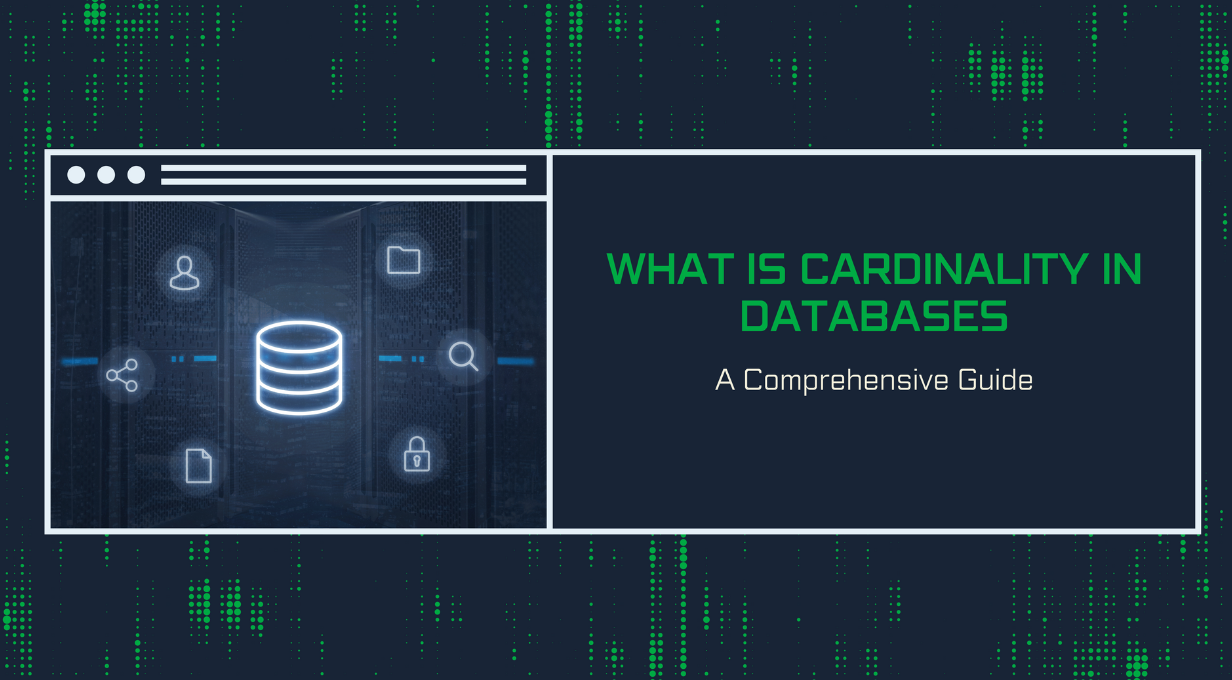Navigating the divide between infrastructure monitoring vs application monitoring requires a strategic approach. Infrastructure monitoring assesses system health, such as network bandwidth adequacy. Is your network performing optimally? On the other hand, application monitoring focuses on software performance issues. What causes slow response times?
How can your organization merge these monitoring capabilities to proactively identify and address potential issues?
Let’s find out.
What Is Infrastructure Performance Monitoring (IPM)?
Infrastructure Performance Monitoring (IPM) is a critical facet of IT operations. It focuses on the continuous oversight of essential system components such as hardware, cloud networks, and overall system performance. IPM involves real-time data analysis to ensure system health and efficiency, with a focus on identifying and pinpointing issues that can affect system performance and stability.
By leveraging crucial metrics and automated tools, IPM helps you maintain optimal performance and preemptively address potential failures. This proactive approach is vital, especially in complex systems, where even minimal downtime can lead to significant operational disruptions and financial losses.
What Is Application Performance Monitoring (APM)?
Application Performance Monitoring (APM) is a key factor in understanding and optimizing the performance and availability of software applications. In other words, APM deeply analyzes application infrastructure, revealing how applications perform, interact with databases, and affect user experience.
By monitoring internal code operations and external service responses, APM tools can identify areas that cause delays or errors, such as slow database queries or inefficient code execution. These tools ensure that all components of the application stack, including servers, databases, and network elements, run optimally.
For instance, APM can reveal why a user experiences slow page loads, whether the bottleneck is in backend data processing or the frontend delivery layers, facilitating targeted interventions that enhance web application efficiency and reliability. This level of monitoring is crucial for maintaining high service levels and quickly resolving performance bottlenecks in complex software architectures.
Application Monitoring vs Infrastructure Monitoring
The distinction between Application Monitoring (APM) and Infrastructure Monitoring is that each serves specific roles within a system.
Infrastructure Monitoring focuses on the health and performance of physical and virtual resources, including servers, networks, and hardware components, ensuring that the foundational elements that support applications are functioning as they should. This type of monitoring is indispensable for diagnosing systemic issues that can affect multiple applications, such as network slowdowns or hardware failures.
On the other hand, Application Monitoring zeroes in on the performance and behavior of the applications themselves. It tracks metrics like response times, transaction volumes, and error rates, providing insights directly related to the end-user experience. APM is essential for detecting application-specific issues that might not impact the underlying infrastructure, such as memory leaks or poorly optimized queries.
Integrating both monitoring types (Infrastructure Monitoring and Application Monitoring) provides a layered, comprehensive view of IT health, linking application performance issues directly to physical resource problems and vice versa. This holistic approach ensures that IT teams can quickly pinpoint whether a performance bottleneck stems from the application code or the underlying infrastructure, facilitating faster troubleshooting and more effective, informed IT decision-making.
Comprehensive Monitoring For IT Infrastructure
APM vs IPM: Choosing The Right Tool
Choosing the right monitoring tool, whether Application Performance Management (APM) or Infrastructure Performance Monitoring (IPM), lies in understanding their core differences and assessing your organization’s specific needs. APM focuses on monitoring the performance and availability of software applications. It delves deep into the application layer, offering insights into runtime environments, user transactions, and interactions within the application stack. This makes APM indispensable for organizations prioritizing end-user experience and application optimization.
IPM provides a broader view, targeting the performance of physical and virtual infrastructure components, such as servers, networks, and storage systems. It’s essential for IT teams that need to ensure the health and efficiency of the underlying hardware and connectivity that support application loads.
When deciding between APM and IPM, consider factors such as:
- The complexity of your IT environment,
- The criticality of application performance to your business operations,
- Your team’s capacity to manage and interpret the data provided by these tools.
If your goal is to enhance application delivery and user satisfaction, APM might be the way to go. However, if maintaining system health and optimizing resource utilization are your priorities, IPM would likely serve you better. In many cases, a combined approach of infrastructure and application monitoring may be the most effective strategy for obtaining a comprehensive view of both application performance and supporting infrastructure.
Integrating Infrastructure & Application Monitoring
Integrating infrastructure monitoring and application monitoring provides a comprehensive view of IT system health and enhances operational intelligence from day one of its deployment. By synthesizing data from both domains, IT teams can gain detailed insights to drive more informed and proactive decision-making.
This monitoring integration enables seamless correlation between application performance metrics and underlying infrastructure behavior, highlighting dependencies and potential bottlenecks.
The Future Of Monitoring: Convergence & Advanced Technologies
Integrated monitoring is a solution for the future. The convergence of AI and machine learning within IT monitoring is pivotal in advancing both infrastructure and application monitoring. These technologies are refining anomaly detection and predictive analytics, leading to more proactive approaches.
The distinction between APM and infrastructure monitoring is blurring as systems grow smarter, integrating seamless data flow and automated insights across platforms. This shift not only enhances efficiency but also reshapes the landscape of infrastructure and application monitoring, paving the way for more sophisticated and unified observability solutions.
Key Takeaways
All in all, APM focuses on application performance, enhancing user experience and operational efficiency, while IPM ensures the health and scalability of the underlying infrastructure.
As the tech landscape evolves, continuous engagement with new monitoring technologies is crucial to maintaining and enhancing system reliability and performance. Embracing both application and infrastructure monitoring strategies will provide a comprehensive view, essential for proactive IT management.
Aiming to make your systems more resilient in the future?
